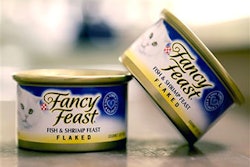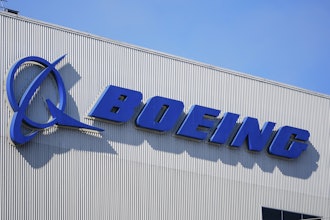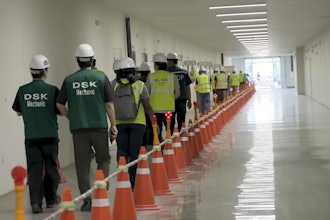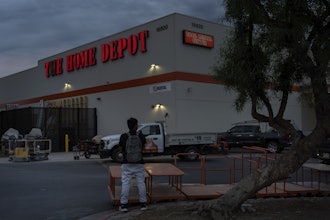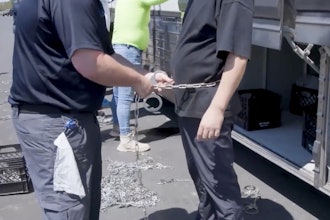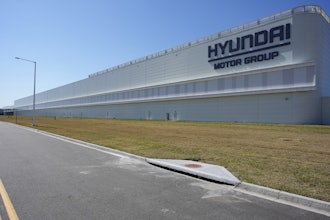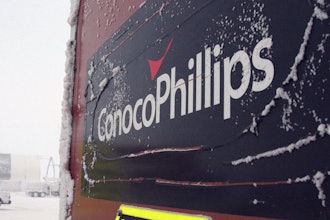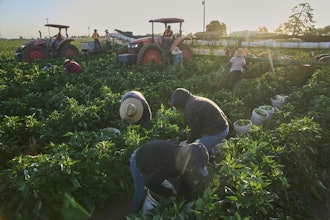Due to its appeal to consumers and producers alike, PET has become the preferred packaging material for the beverage market since its introduction in the early 1980s.
As demand for beverages is predicted to double by 2030, manufacturers need to rely on packaging solutions that meet all their production, food safety, profitability and sustainability goals. Since PET is fully recyclable, cost-effective and keeps beverages fresh, safe and flavorful, it is expected to continue shaping the evolution of the beverage packaging market for the foreseeable future.
Benefits of using PET
An attractive alternative to glass and other traditional packaging materials, PET meets the expectations and needs of beverage producers and consumers. It is light in weight, shatter-resistant, fully recyclable and offers outstanding design flexibility at an extremely competitive price. To give their beverages individuality, to make them stand out and to catch the customer’s eye, producers are increasingly turning to PET to create bottles with distinctive shapes, attractive labels, optimal lightweighting and high quality.
ALSO SEE: Effectively Improve Operational Efficiency for Food and Beverage Manufacturers
The characteristics of PET offer many design possibilities. Its transparency and clarity are also key assets, allowing customers to see the bottle’s contents and assess the quality of the beverage. Being light, yet resilient and re-sealable, PET bottles are also very convenient. In fact, PET is the only material suitable for the whole range of bottle sizes for the family — from the smallest individual formats to the largest bulk containers. In short, it is a bottling material perfectly suited to the demands of today’s world.
Going lighter
Every year, consumers and producers are becoming more and more concerned with the environment. Increasingly, many believe that the solution for greener packaging is as little packaging as possible. They also understand the need to recycle materials in order to reduce waste and conserve natural resources. As a result, most manufacturers are already reducing the weight of their PET bottles by designing optimized preforms, converting the bottles to short neck or completely redesigning the bottle shape. More and more, they engage not only in lightweighting, but also in RightWeighting™ the bottles, in order to find the perfect balance between resource savings and a great consumer experience. Of course, when decreasing the quantity of material used and the overall weight of the bottle, the design is very important for optimizing the bottle’s performance.
Since the cost of the raw material used to make a PET bottle represents a significant part of the cost of the product (up to 75% of the bottle filled, capped and labeled), the trend towards lightweighting also makes financial sense. Over the last 23 years alone, the typical weight of PET bottles holding 1.5 liters of still water decreased from 42 to 22.5 grams, while the manufacturing rate increased from 1,000 to 2,250 bottles per hour. The lightweighting trend is expected to continue, with the typical bottle weight falling below 20 grams.
Further reductions in raw material use can be achieved by applying thinner labels, as labeling equipment is constantly refined to use the thinnest labels commercially available. These improvements also result in a significant reduction in energy consumption and therefore a smaller overall carbon footprint.
Innovations in packaging design
In order to ensure sales in competitive environments, packaging innovation is very important, especially in established markets. Beverage manufacturers can benefit from collaborating with PET experts to take advantage of their technical and design expertise. Working with an experienced and creative design team is essential to create innovative packaging that satisfies consumer needs while meeting the beverage producers’ goals. The partnership should extend through all phases of the packaging process, from creating the original design sketches, models and feasibility studies to full global production solutions.
Sustainability pioneers
According to the Association of Plastic Recyclers and the American Chemistry Council, US bottle recycling reached the 3 million pound mark in 2014, with PET and high-density polyethylene representing the bulk of the recycled material.
Taking advantage of the increased availability of recycled materials, more and more major brands started using recycled PET (R-PET) for their packaging, thus increasing their sustainability and reducing their carbon footprint. To name a few, Nestle Waters uses 50 percent of R-PET in its bottles for Arrowhead water, Coca-Cola committed to sourcing 25 percent of PET from R-PET by this year, and PepsiCo uses at least 10 percent R-PET in its carbonated soft drinks bottles in the United States.
Additionally, new non-fossil-based resins are being developed as a PET alternative. Bio-PET is already produced from plants, and could be produced from agricultural waste or by-products in the future.
PET: the clear choice
Innovative PET packaging design combined with impactful labeling solutions play an important role in consumers’ decision to buy a product, along with packaging functionality, integrity, and sustainability. PET has become the material of choice for the beverage packaging industry, because it enables manufacturers to produce bottles that stand out on the shelf, are sustainable and have improved functionality. At the same time, as packaging becomes lighter, bottlers can reduce their raw material, production, energy, transportation and distribution costs without compromising product quality and integrity across the supply chain.





